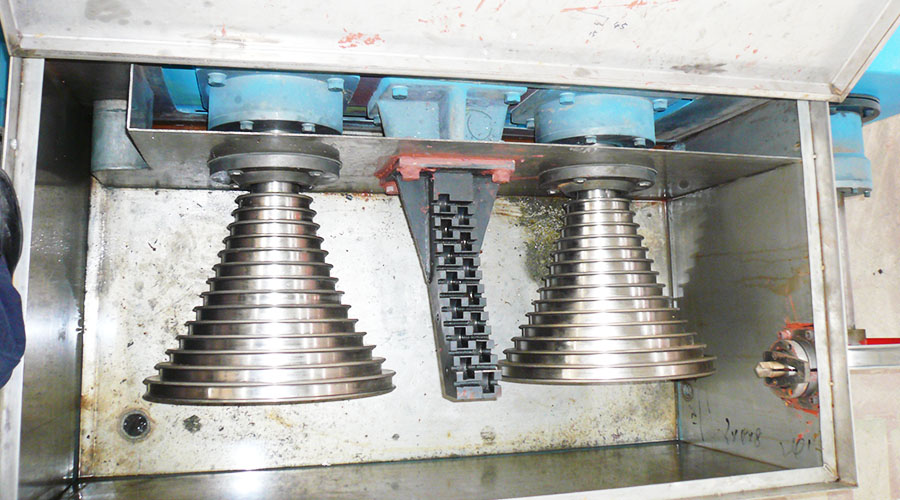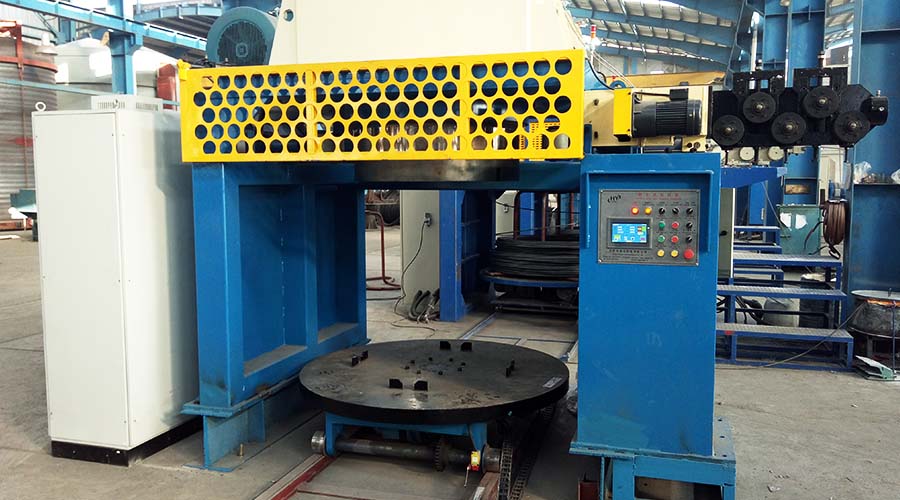Wire drawing machine is a kind of equipment used to make thin wire, its working principle is as follows:
First, the wire enters the machine through a die. These dies are designed to provide a steady pulling force, allowing the wire to gradually become thinner during the drawing process. This process is achieved by controlling the drawing force and speed to ensure that the quality of the wire is uniform.
As the wire tapers, the diameter of the wire also decreases while increasing in length. This process requires precise control to ensure that the final wire meets the design requirements.
In the wire drawing process, the die used is called a deep drawing die. According to different wire materials, there are two main types of wire drawing dies: PCD (polycrystalline diamond) dies and national diamond dies. PCD wire drawing dies are usually used to produce ordinary copper wire and aluminum wire and other materials. And when it is necessary to produce some special wires, such as brass wires, gold wires, etc., it is necessary to use the national diamond mold. The design and manufacture of these molds need to take into account the nature of the material and the process requirements.
The four working areas of the main drawing machine include the lubricating area, working area, sizing area, and outlet area. The lubricating area is the place where lubricating oil is injected. The role of lubricating oil is to cool the wire and the mold, take away the heat and dust generated during the wire drawing process, improve the quality of the outgoing wire, and prolong the service life of the mold. The work zone is where the wire deforms, thins, and lengthens. The sizing area is located near the outlet die, which is used to fix the diameter of the outlet to ensure that it meets the requirements of the producer. The outlet area is responsible for removing the wire from the mold and ensuring that it will not be tangled or broken.
In order to ensure the good performance and surface quality of the drawing die, strict requirements are required for it. First of all, the threading die should have good shape, mechanical properties, and surface quality. Secondly, the reduction ratio should be large enough to meet the needs of different wires. Finally, ensuring that no cracks or excessive thinning occur requires careful control and adjustment of the design and fabrication of the mold.
Lubricating oil plays a very important role in the drawing process. It cools the wire and dies, reducing friction and heat generation, thereby improving wire quality and extending die life. The temperature and concentration of lubricating oil also need to be controlled. For aluminum wire drawing lubricating oil, the optimum temperature is 40-50°C, not exceeding 60°C; for copper wire drawing lubricating oil, the temperature should be less than 40°C. In addition, the concentration of lubricating oil also needs to be adjusted according to different situations to obtain the best effect.
Cooling water is also an integral part of the drawing process. Antioxidants must be added to the cooling water, the inlet water temperature is less than 33°C, and the outlet water temperature is less than 55°C.





